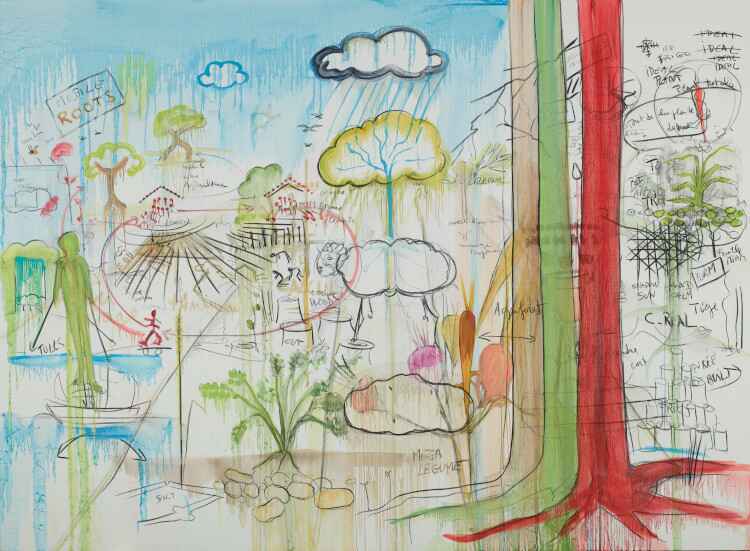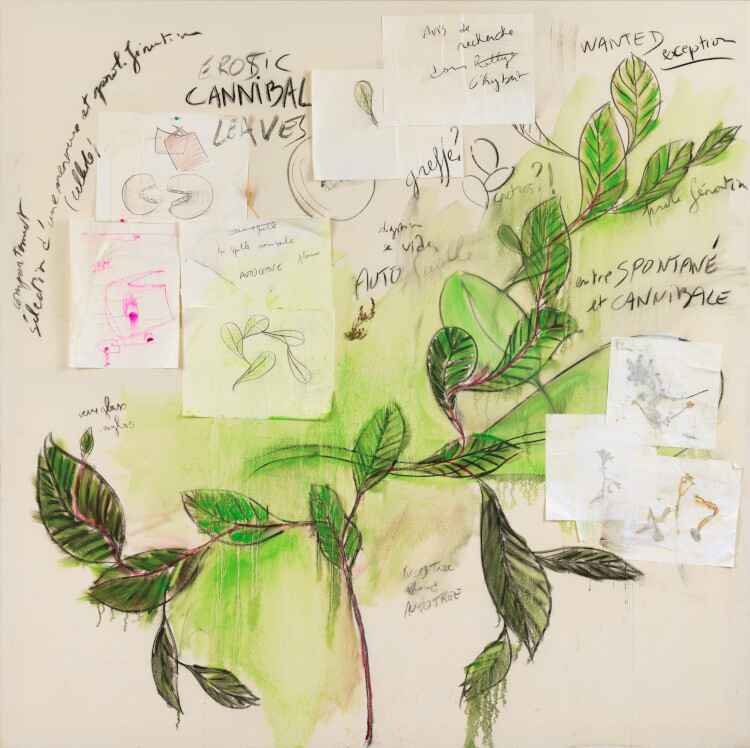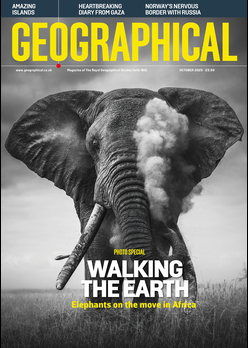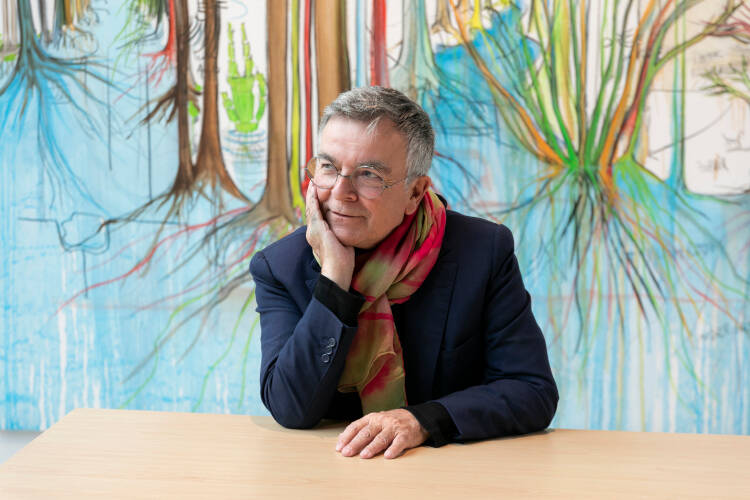
Into the Valley: Artist Fabrice Hyber on his new exhibition at the Cartier Fondation and the benefits of merging science and the arts
Fabrice Hyber’s art finds its origins in the pastoral Vendean countryside of western France. Growing up on his parents’ property, where they worked as sheep farmers, he witnessed the encroachment of industrial farming, and the environmental damage that came with it. ‘There was no grass, no butterflies or insects, it was full of nothing,’ he says of the newly industrialised landscape. ‘Even at a young age I was sure this was dangerous, and now we know that it is.’
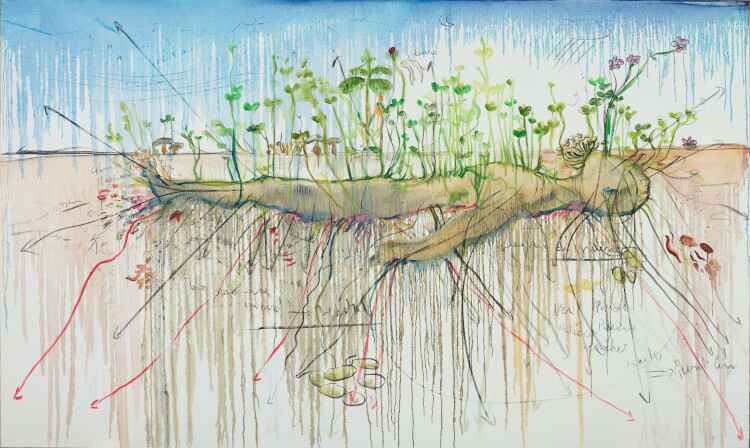
Since the 90s, Hyber has reforested the area around his parents’ land with several hundred different species of tree, sown from some 300,000 seeds using a carefully perfected technique. Over time, the former agricultural land has transformed into a forest of several dozen hectares, known as the Valley. This forest has become both a refuge and a place of learning, as well as a source of inspiration for Hyber’s work. Through his art, which comprises almost 20,000 pieces, including 3,000 paintings, he explores different themes and ideas such as mathematics, neuroscience, and astrophysics, as well as natural landscapes and the evolution of living species. Now, the forest lends its name to a new exhibition, presented by the Fondation Cartier in Paris.
The Valley consists of some sixty works by Fabrice Hyber, including almost twenty pieces produced specially for this exhibition. Geographical met up with the artist to find out more about his art and inspiration.
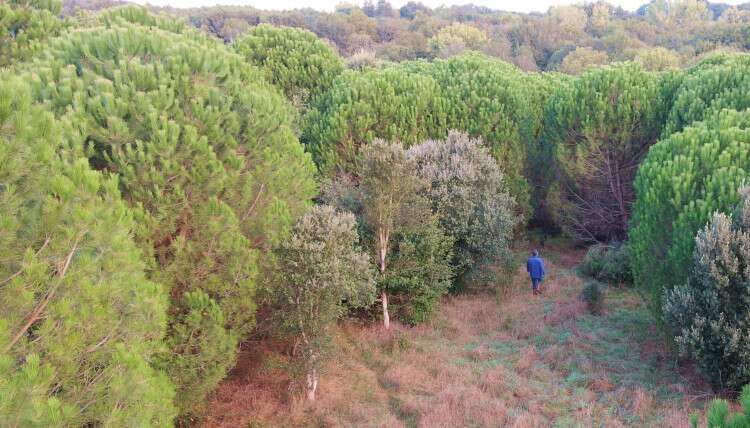
Your work covers a wide range of ideas, where does your inspiration come from?
Because I was born in the countryside in the southwest of France, I learned a lot from spending time outdoors – seeing seeds germinate and grow, watching everything grow and move around me. I try to show this movement in my drawings. Generally, when I’m in my studio, I draw everywhere on the canvas. It becomes a sort of notebook of ideas. I generally have a question or two in mind, and I like to work with people who are experts in a particular field when I begin a new piece of art. But whenever I begin something there are always so many possibilities, and I want to include them all, I want to try everything. It’s why my work is filled with so many thoughts and ideas.
How do you know when a piece is finished?
There will come a time where I will start to see an image of a figure or a landscape in my mind, and at that point it’s finished. It’s very precise, very intuitive. At the same time, I’d like to show some unfinished work. I want to show the beginnings of something that people can think about for themselves. My paintings always tell stories, and those stories are open to interpretation.
We often think of the arts and sciences as two separate disciplines, but should there be more collaboration between scientists and artists?
I like the fact that artists can create a link between the two. Art is all about inventing and reinventing ideas. For example, I worked with the Institut Pasteur to find a different way to portray emerging viruses and medical research. I wanted to show what was in the minds of the researchers, while they were able to use the images I created to communicate the work they were doing. It’s always a two-way conversation.
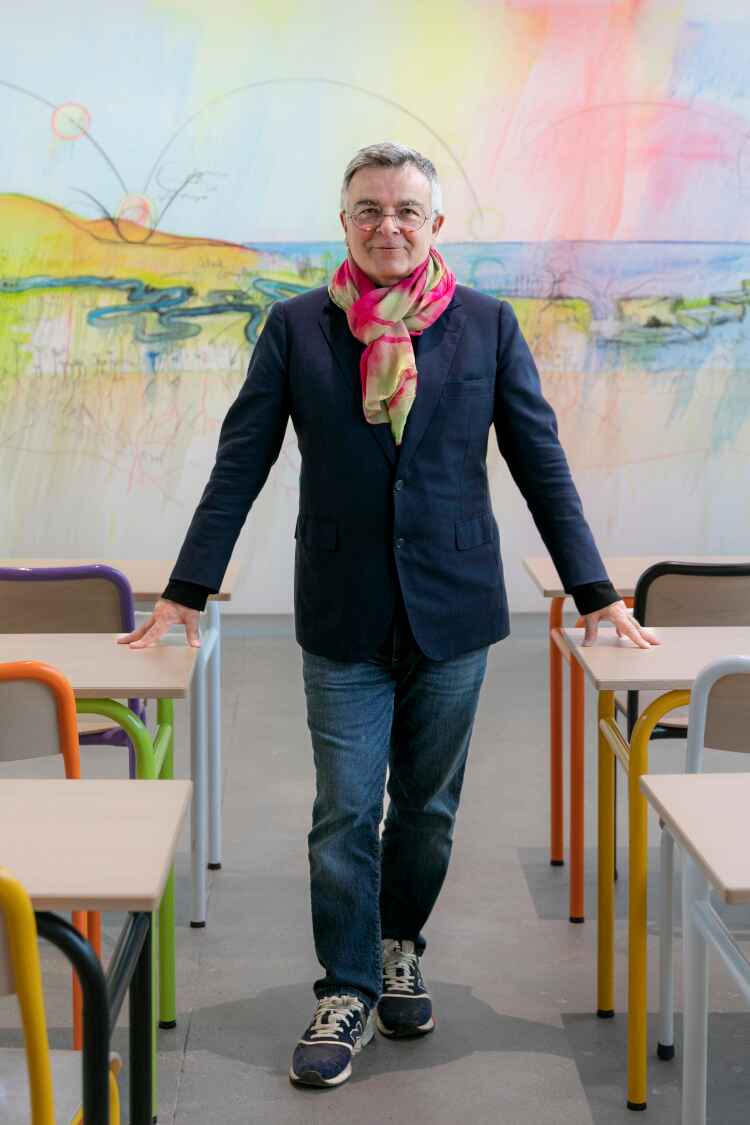
From the moment Hyber was approached to exhibit his artwork, he wanted to incorporate an educational aspect into the creative project. ‘I have always considered my canvases to be like classroom blackboards.’ Visitors are encouraged to explore and learn about the different themes he addresses in his paintings. In short videos that accompany different pieces, he reveals his creative process, and classes led by experts ranging from climatologists to art historians are open to all on an hourly basis. ‘It’s my dream that all museums should be a school,’ says Hyber. ‘Rather than just looking at the painting, we are engaged and we learn from it.’
Hyber’s exhibition-school will also welcome children from 13 different elementary and horticultural schools, aged between seven and 18 years old, for a programme of classes that will run throughout the project. Schools will also have the opportunity to visit the original valley, the forest he has cultivated in the heart of the Vendean countryside where Hyber grew up, and his painting studio.
The Valley, an exhibition of some 60 works by Fabrice Hyber, runs until 30 April 2023 at the Fondation Cartier in Paris.
